
Find out how much it costs to install crown molding by type and size. Use our expert guide to figure out how much crown molding you need, how much crown molding costs near you, and whether you need to hire a pro.
They have a lot in common, but they’re two distinct styles


Farmhouse design combines rural architecture and decor with modern comforts.
Rustic design uses raw and natural materials to create cozy, grounded spaces.
Both farmhouse and rustic designs make use of hardwood materials and plant life.
If you’ve ever wondered about the difference between farmhouse and rustic design, you’re not alone. The two may seem identical at first glance, but there are actually a number of factors that set them apart. Once you look past the similarities—like exposed wood beams and natural materials—you’ll realize these are two distinct interior design styles.
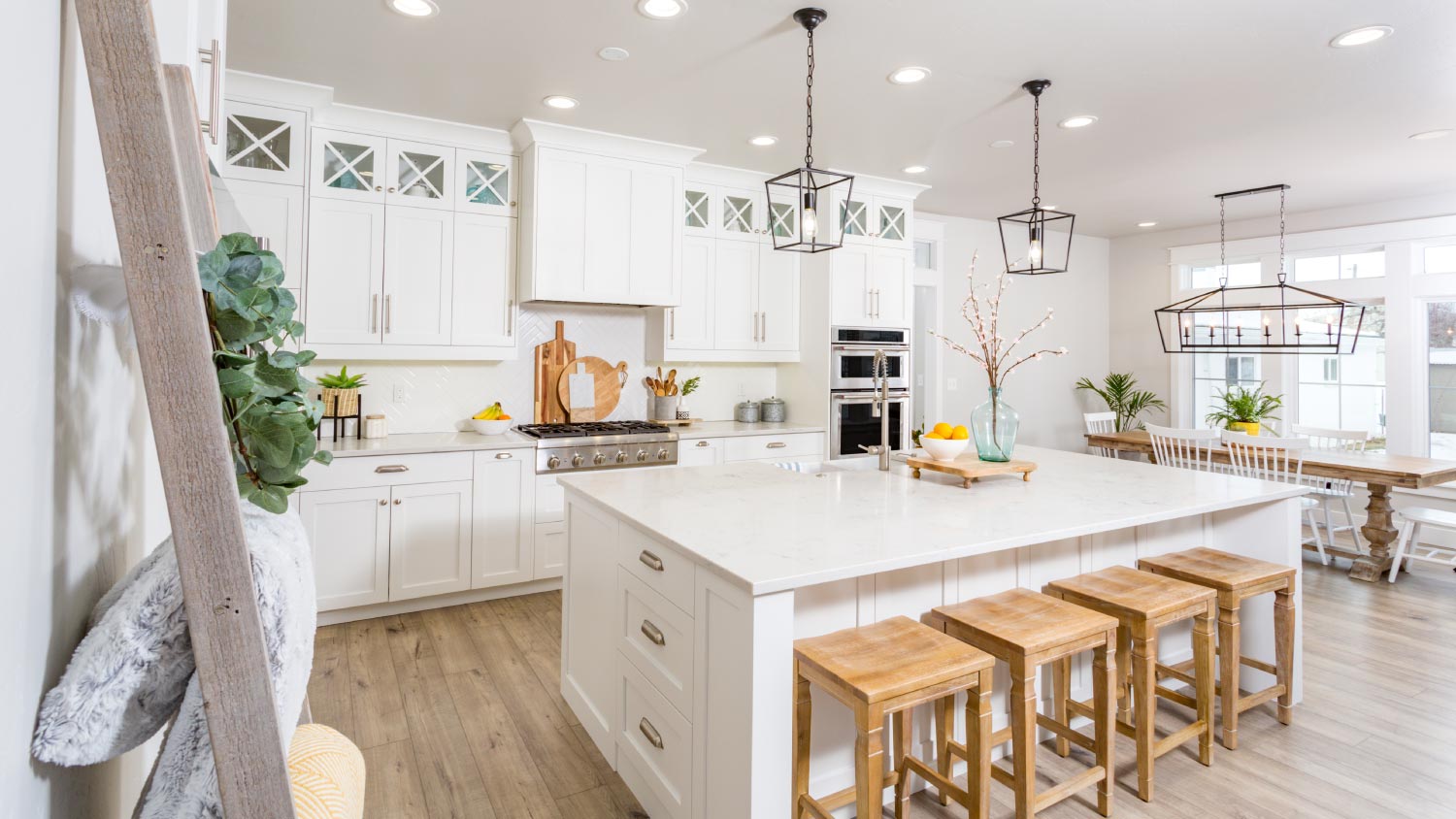
The farmhouse design style takes inspiration from rural abodes like country cottages, log cabins, and, of course, farmhouses. It uses a blend of old and new objects and decorations to create spaces that are both comfortable and functional.
Farmhouse design prioritizes function over form with everything from furniture to decor. Primitive furnishings are preferred over intricate ones, and the focus is on setting a home up for ease of use, comfort, and organization over style.
Spaces are left open rather than crowded with accessories, big furniture like large sofas and long dining tables create coziness, open shelving is embraced for quick and accessible storage, and decor is often multi-purpose or upcycled—like a barn door that’s been transformed into a headboard or an old watering can that gets a second life as a vase.
Farmhouse design relies heavily on made-to-look distressed furniture to create a rustic atmosphere that still has plenty of modern comfort. That includes everything from headboards to kitchen cabinets to entertainment centers. Though these furnishings are newly made and adapted to your present-day needs, you may never guess that on their looks alone!
This style relies heavily on a light and airy color palette to create open-yet-cozy environments that turn the attention to natural light and the outside world.
Walls are primarily painted white, as are most wood features and furnishings, including any shiplap or wood wall paneling. Accent colors consist of earthy tones, like beiges, blues, and greens, and brighter colors, like red and yellow, rarely appear. When in doubt, hire a local interior designer to help you out.
Another major feature of farmhouse design: decorations that you’d find in an actual farmhouse, like upcycled barn doors, vintage gardening tools, watering pots, and rural street and shop signs.
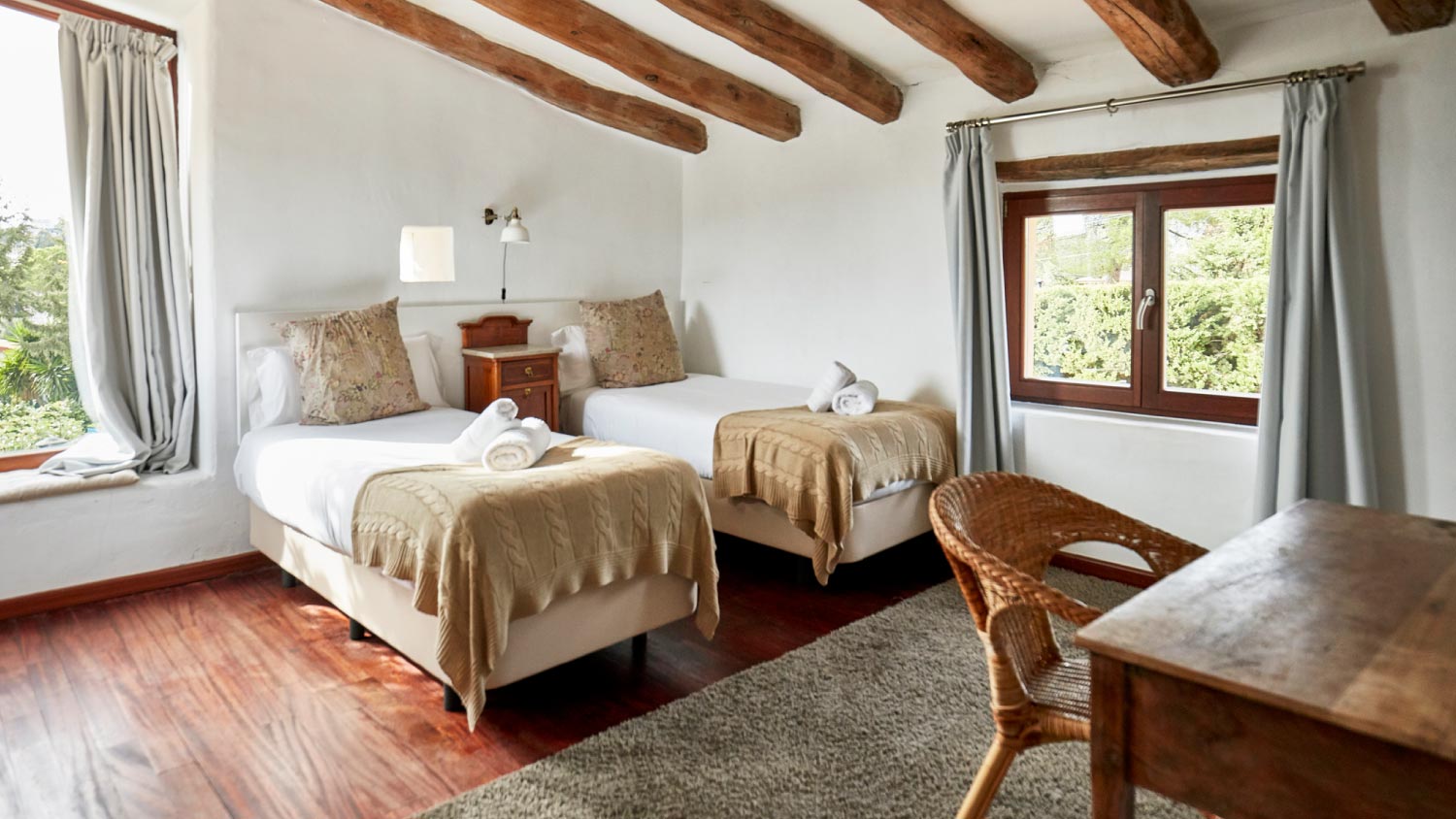
Though the farmhouse aesthetic is highly specific, rustic interior design is far more adaptable. Its defining characteristics include general decorating approaches like using raw materials and heavy furniture that happen to overlap with many other design styles—like Japandi and cottagecore design, to name a couple.
Although painted wood is a frequent feature of farmhouse design, rustic decor almost exclusively relies on raw materials. Rather than covering up the imperfections in an untreated wood table or unpolished stone countertop, this design approach recognizes the beauty of these flaws and all that they can offer a home.
Though both farmhouse and rustic decor use a nature-inspired color palette, the latter opts for the darker end of the spectrum to create a grounded rather than airy environment. Walls may be painted cream, gray, or mossy greens, and accents include black, dark blues, and browns.
Rustic design also has a preference for handmade furnishings with actual history rather than mass-produced, build-it-yourself kits that are only made to look old. Heavy, dark wood is used to ground a space while also providing comfort.
So many of the features in rustic design are also found in other design styles. For example, Japandi design has a similarly dark, earth-toned color palette. And industrial-inspired homes make use of the same kinds of raw materials and heavy furnishings.
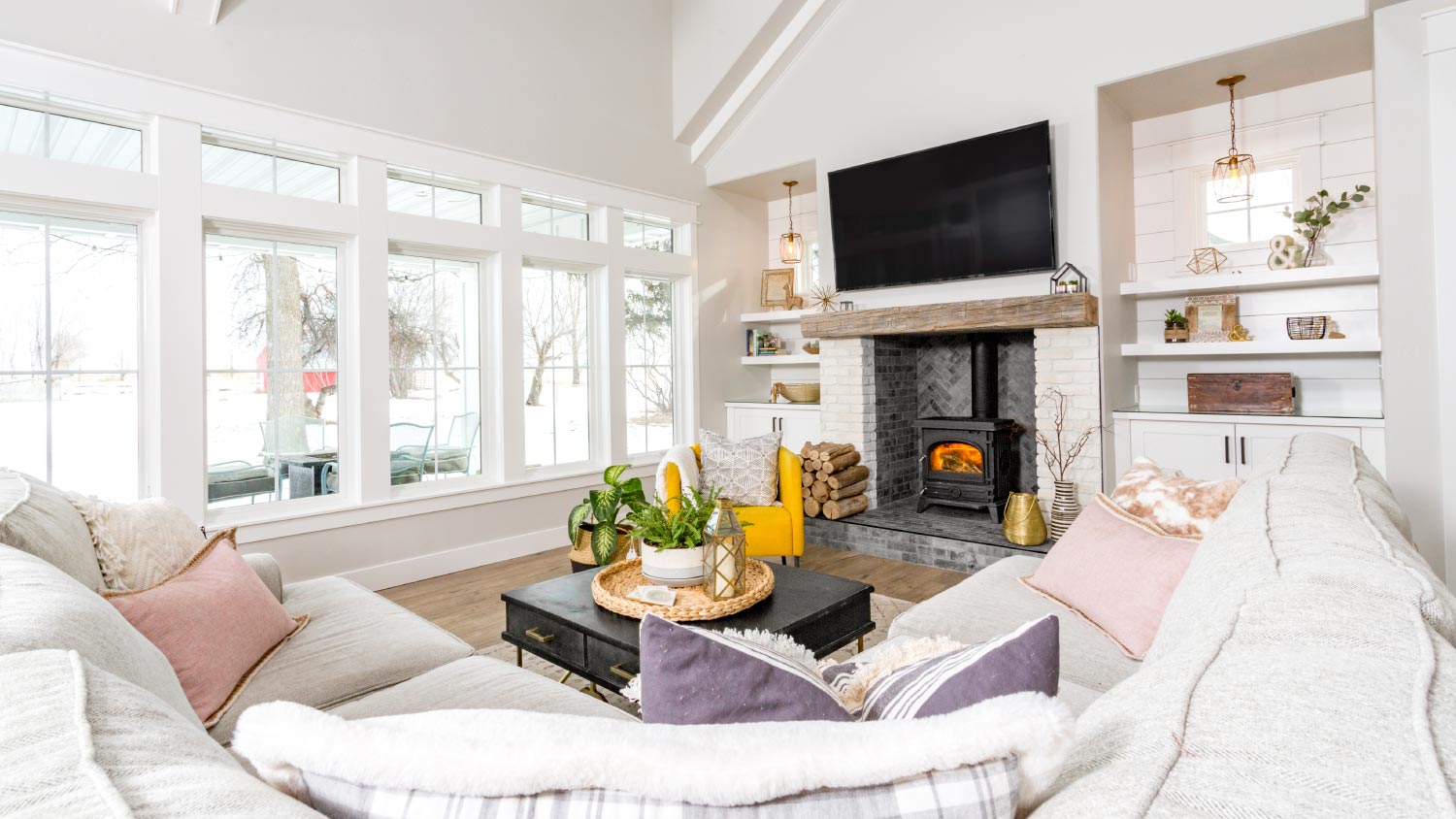

Now that we’ve covered the differences between these two styles, let’s talk about how they’re similar. These are elements that make appearances in both farmhouse and rustic decor.
Hardwood has a huge presence in both farmhouse and rustic design. Where they vary is in how they’re used. While rustic design will leave a piece of wood untreated, farmhouse design may paint it white or stain it for an aged appearance.
This is another common feature in farmhouse and rustic design. This architectural element creates high ceilings and open spaces that are totally in line with farmhouse decor and embraces raw, hardwood in a way that rustic decor would definitely approve of.
Plants are another natural element that appears in both farmhouse and rustic design. How you choose to present this greenery is what will determine which camp they fall into.
For example, plant a drooping, vine plant in a mason jar to add a barn-yard touch to your farmhouse-inspired abode. Or use exclusively terra cotta or stone pots to build a truly rustic environment.
From average costs to expert advice, get all the answers you need to get your job done.

Find out how much it costs to install crown molding by type and size. Use our expert guide to figure out how much crown molding you need, how much crown molding costs near you, and whether you need to hire a pro.
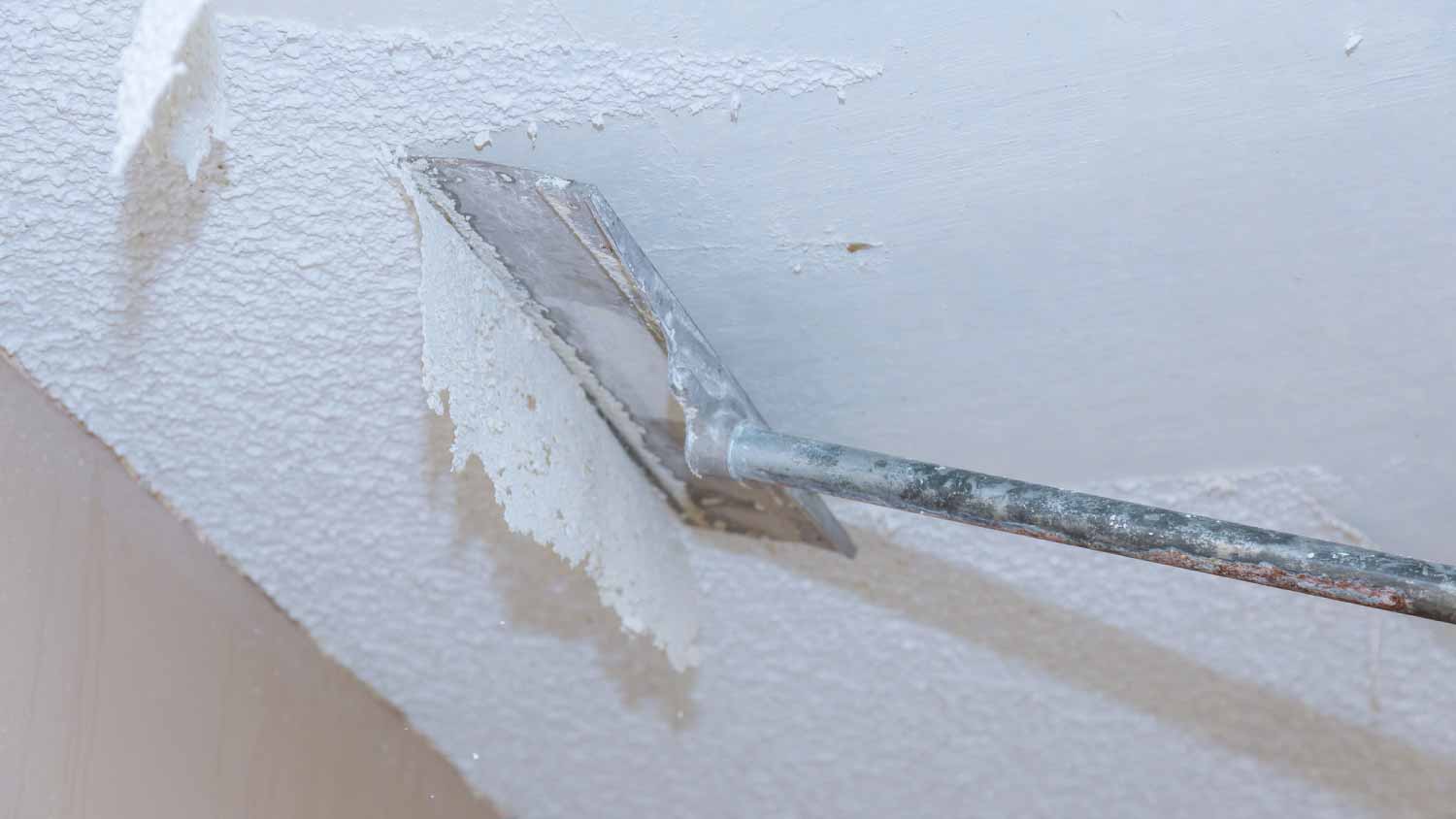
Wondering how much it costs to remove an acoustic ceiling? Get cost estimates, key factors, and expert tips to help you plan your ceiling update.

The cost to replace trim depends on factors such as style, material, and whether you hire a pro. Find out what your budget could look like for this project.
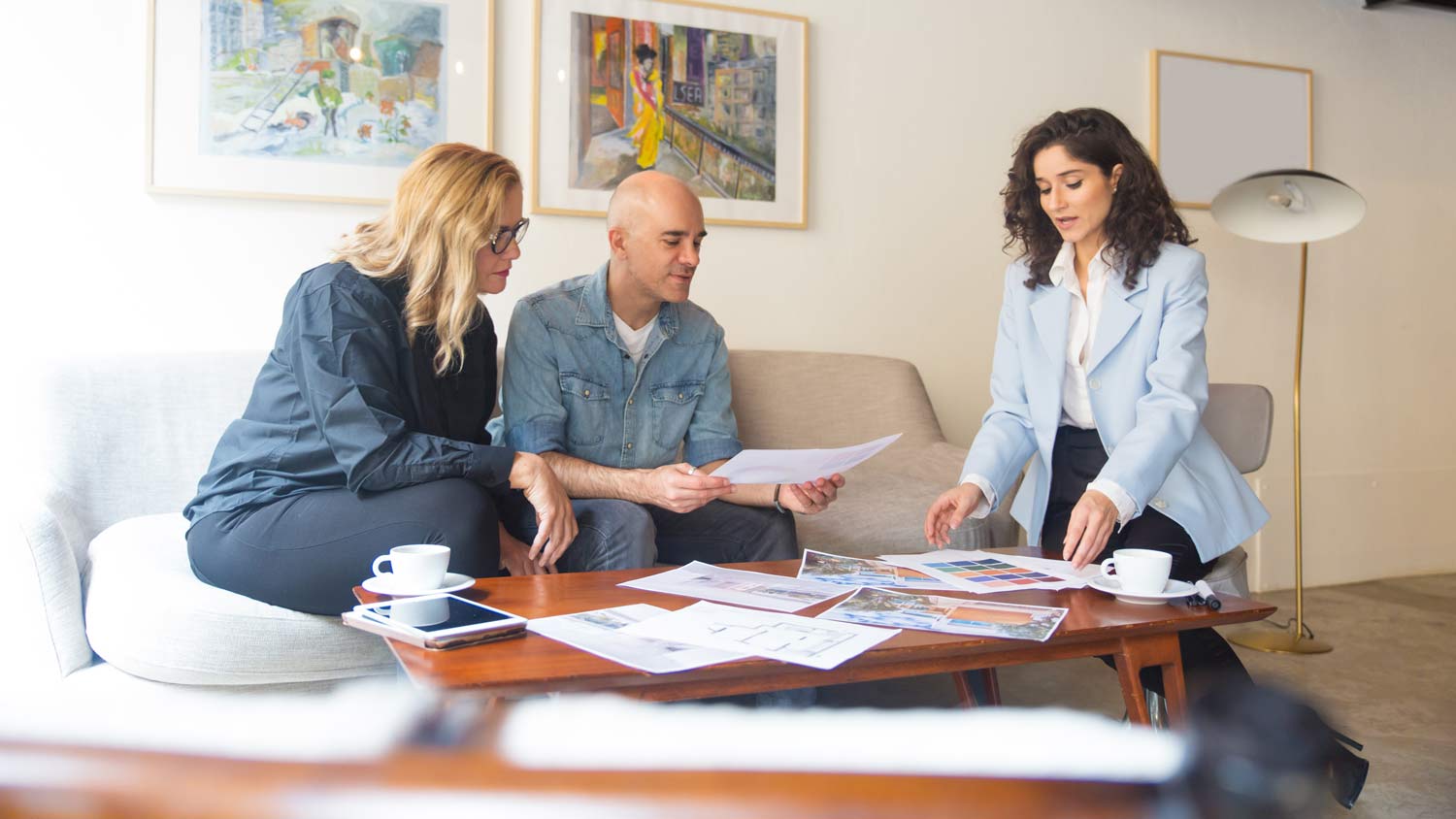
Create a stunning and functional home or remodel with an interior designer. Follow these common interior design questions to prepare for working with a pro.
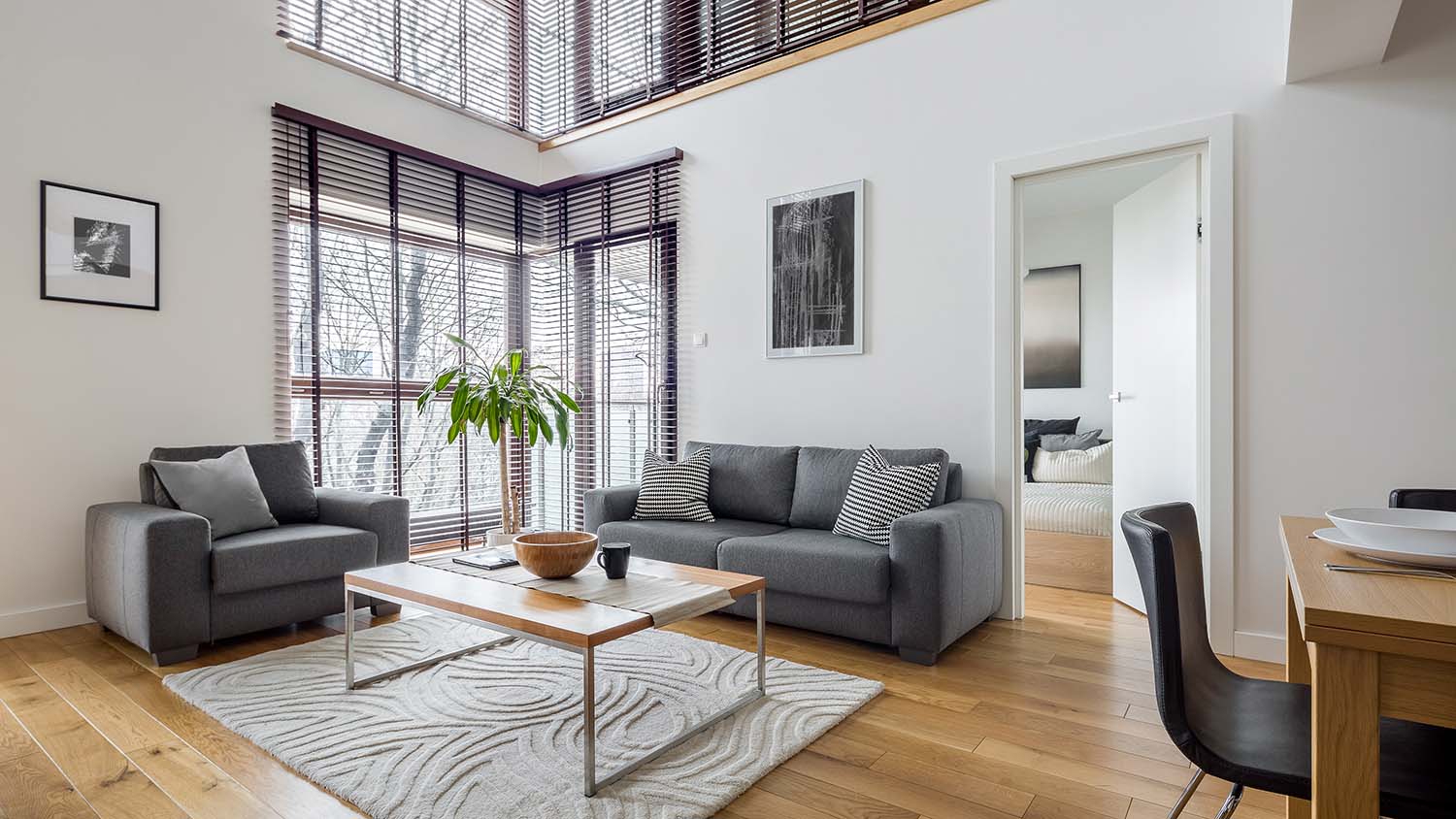
Discover the cost to furnish a house, including average prices, cost factors, and tips to help homeowners budget for every room.

If you’re getting ready to install some trim or molding inside your home, here are some of the questions you should expect to discuss with a pro.